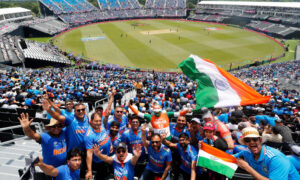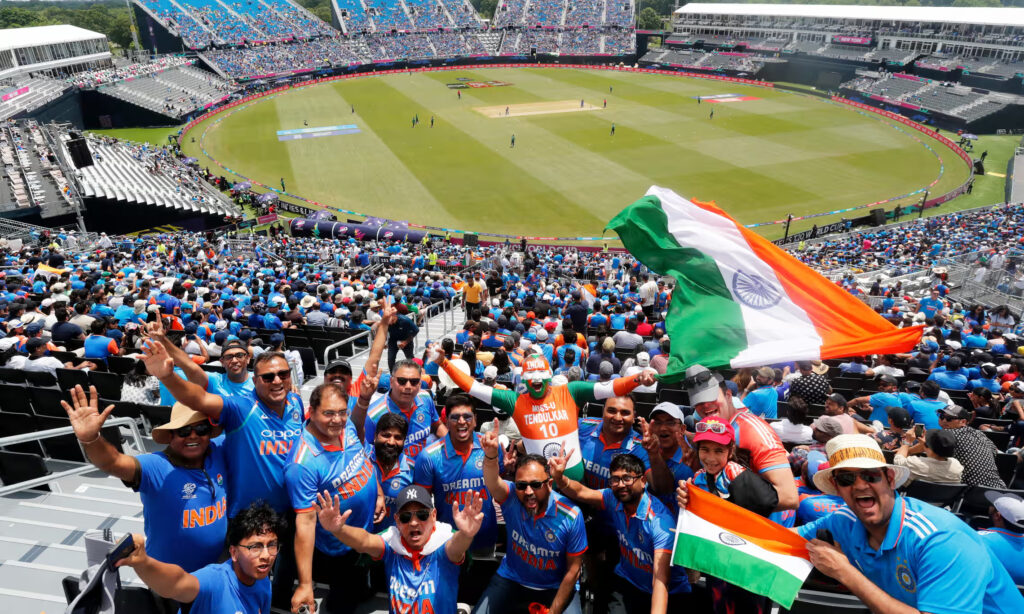
The 2019 ODI World Cup final was, arguably, the greatest white-ball cricket game ever. The 2023 final didn’t lack for drama either, with Australia overcoming the loss of three wickets inside seven overs to silence a huge, partisan crowd in Ahmedabad. The quality of the cricket was not in question – labelling those tournaments ‘World Cups’ was.
How can you have a global competition where you go out of your way to shut the door on most national sides? The football World Cup went from 24 to 32 teams in 1998, and is poised for a jump to 48 in North America in 2026. In contrast, the ODI World Cup shrunk to 10 teams, with the format tailor-made for the broadcasters rather than the long-term health of the sport.
In that sense, the 2023 World Cup table was the slap in the face that the game needed, with Afghanistan finishing above England and Sri Lanka, and level on points with Pakistan. The Netherlands, too, went back home with two wins, including a proper mauling of South Africa. Hopefully, we won’t have to hear that dirty M word again.
This T20 World Cup has provided even more gusts of freshness. If Afghanistan beat Papua New Guinea (PNG), as the form guide suggests they should, and the USA beat Ireland – both games are on Friday – then both teams will be surprise entrants into the Super Eights, at the expense of New Zealand and Pakistan, who were finalists in the previous two editions.
England, the defending champions, need huge victories over Oman and Namibia if Scotland aren’t to beat them to a place in the final eight. Sri Lanka are as good as out. PNG were excellent in their defeat to the West Indies, and even winless Oman were outclassed only by Australia.
There’s little doubt that conditions have played a part. As it is, the shorter a format, the narrower the gap in skill sets between the teams. In that regard, the International Cricket Council (ICC) was wise in prioritising the T20 format as the best means to popularise the game. It may annoy the purists, but most countries across the world simply don’t have the resources or the inclination to put a first-class structure in place. But as the progress made by the likes of USA, Canada, Uganda and PNG illustrates, it’s far easier to get to grips with T20 cricket.
And yes, the sort of conditions seen in New York, and even Dallas, certainly help. On a surface where the ball is darting around and the bounce is less than even, a Virat Kohli becomes as vulnerable as a Shayan Jahangir. An experienced bowler like Saurabh Netravalkar can finish with figures that Jasprit Bumrah would be proud of. Had the tournament been played on featherbeds, like we saw during the recent IPL, some of these teams might have been blitzed by their marquee opponents. Instead, some green and tacky surfaces have provided gripping contests.
There is no doubt that this is the way forward, especially with cricket poised for its Olympic return at Los Angeles in 2028. Even remote PNG has over 100,000 currently playing the game, and the number is growing constantly in countries like Nepal and Afghanistan who have started to make a mark on the global stage. The dream of an Olympic medal will only accelerate that process.
When sports like football and rugby spread their wings, cricket dragged its feet and stood still. This tournament has seen the required course correction, with the ‘World’ back in the ‘World Cup’ and lovers of the game on every continent enjoying their moments in the sun.




